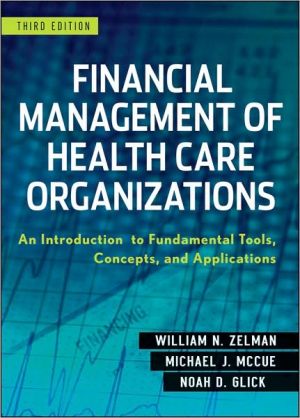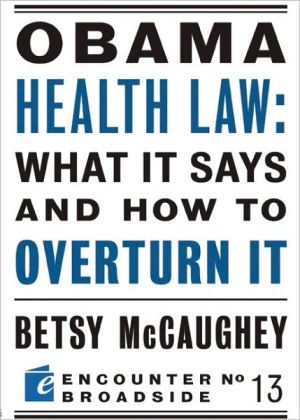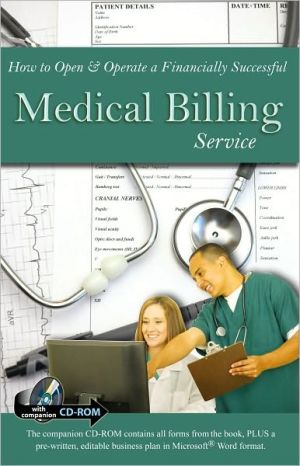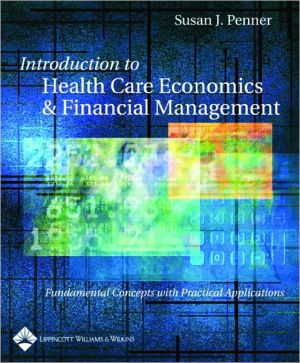Healthcare Fraud: Auditing and Detection Guide
Search in google:
Healthcare FraudAuditing And Detection GuideAccording to private and public estimates, approximately $24 million is lost per hour to healthcare waste, fraud, and abuse. Still, the impact of healthcare fraud cannot be measured in terms of dollars alone. In addition to burdening the nation with enormous financial costs, it also threatens the quality of healthcare and steals the very essence of human life. A must-have reference for auditors, fraud investigators, and healthcare managers, Healthcare Fraud: Auditing and Detection Guide provides tips and techniques to help readers spot the "red flags" of fraudulent activity and reveals the steps to take when fraud is suspected. Clearly structured to identify what is normal at any point in the healthcare continuum on both individual and cumulative scales, this timely guidebook helps auditing professionals in the healthcare industry to sharpen their fraud detection skills to see beyond the eclipse created by healthcare fraud. Healthcare Fraud: Auditing and Detection Guide features:Comprehensive guidance on auditing and fraud detection for healthcare providers and company healthcare plansA look at how data mapping and mining can be used as a key tool to maximize both the effectiveness and efficiency of fraud investigationsInsightful discussion from a number of perspectives—clinical, research, internal audit, investigative, data intelligence, and forensicBuilding blocks for understanding the entire healthcare market and its respective playersCases and methodologies providing actual audit and investigative toolsUseful outlines of healthcare fraud prevention, detection, and investigation methodsHealthcare Fraud: Auditing and Detection Guide serves as an invaluable tool equipping healthcare professionals, auditors, and investigators to detect every kind of healthcare fraud, from false statements and claims to elaborate collusive schemes.
Preface xiiiAcknowledgments xviiIntroduction to Healthcare Fraud 1What Is Healthcare Fraud? 2What Does Healthcare Fraud Look Like? 4Healthcare Fraud in the United States 8Healthcare Fraud in International Markets 9Who Commits Healthcare Fraud? 10What Is Healthcare Fraud Examination? 11The Healthcare Continuum: An Overview 13Healthcare Fraud Overview: Implications for Prevention, Detection, and Investigation 14Defining Market Players within the Healthcare Continuum 17The Patient 18Who Is the Patient? 18What Are Some Examples of Patient Fraud? 22How Does the Patient Role Relate to Other Healthcare Continuum Players? 23The Provider 23Who Is the Provider? 23What Are Some Examples of Provider Fraud? 33How Does the Provider Role Relate to Other Healthcare Continuum Players? 35The Payer 35Who Is the Payer? 35What Are Some Examples of Payer Fraud? 38How Does the Payer Role Relate to Other Healthcare Continuum Players? 41The Employer/Plan Sponsor 42Who Is the Employer/Plan Sponsor? 42What Are Some Examples of Employer/Plan Sponsor Fraud? 43How Does the Employer/Plan Sponsor Role Relate to Other Healthcare Continuum Players? 43The Vendor and the Supplier 44Who Are the Vendor and the Supplier? 44What Are Some Examples of Vendor and Supplier Fraud? 44How Do the Vendor and Supplier Roles Relate to Other Healthcare Continuum Players? 44The Government 45Who Is the Government? 45What Are Some Examples of Government Fraud? 45How Does the Government Role Relate to Other Healthcare Continuum Players? 46Organized Crime 46Who Is Organized Crime? 47How Does the Organized Crime Role Relate to Other Healthcare Continuum Players? 48Market Players Overview: Implications for Prevention, Detection, and Investigation 48Protected Health Information 51Health Insurance Portability and Accountability Act of 1996 51Audit Guidelines in Using PHI 52Protected Health Information Overview: Implications for Prevention, Detection, and Investigation 54Health Information Pipelines 57The Auditor's Checklist 57What Are the Channels of Communication in a Health Information Pipeline? 58The Patient 58The Provider 60The Payer 61The Employer/Plan Sponsor 63The Vendor/Supplier 65The Government Plan Sponsor 66Unauthorized Parties 67HIP Overview: Implications for Prevention, Detection, and Investigation 69Accounts Receivable Pipelines 71Overview of Healthcare Reimbursement 72Types of Reimbursement Models 74Fee-for-Service Model 74Prospective Model 74Capitation-Structured Model 77Data Contained in Accounts Receivable Pipelines 77Accounts Receivable Pipelines by HCC Player 79The Patient 80The Provider 84The Payer 87The Employer/Plan Sponsor 92Others 95ARP Overview: Implications for Prevention, Detection, and Investigation 99Operational Flow Activity 101Operational Flow Activity Assessment 101The Patient 102The Provider 103The Payer 103The Employer 105The "Other" 107OFA Overview: Implications for Prevention, Detection, and Investigation 108Product, Service, and Consumer Market Activity 109Product Market Activity 110Service Market Activity 111Consumer Market Activity 112PMA, SMA, and CMA Overview: Implications for Prevention, Detection, and Investigation 120Data Management 123Data Management 124Market Example: Setting Up a Claims RDBMS 128Data Management Overview: Implications for Prevention, Detection, and Investigation 129References 129Normal Infrastructure 131Normal Profile of a Fraudster 132What Types of People or Entities Commit Fraud? 132What Is the Key Element of a Fraudster? 133Anomalies and Abnormal Patterns 134Normal Infrastructure Overview: Implications for Prevention, Detection, and Investigation 135Normal Infrastructure and Anomaly Tracking Systems 137The Patient 137Sample Patient Fraud Scenarios 138Data Management Considerations 139The Untold Story 139The Provider 139Sample Provider Fraud Scenarios 140Data Management Considerations 142The Untold Story 142The Payer 143Sample Payer Fraud Scenarios 144Data Management Considerations 145The Untold Story 145The Vendor/Other Parties 146Sample Vendor/Other Fraud Scenarios 147Data Management Considerations 148The Untold Story 149Organized Crime 150Sample Organized Crime Fraud Scenarios 150Data Management Considerations 151The Untold Story 151Normal Infrastructure and Anomaly Tracking Systems Overview: Implications for Prevention, Detection, and Investigation 152Components of the Data Mapping Process 153What Is Data Mapping? 153Data Mapping Overview: Implications for Prevention, Detection, and Investigation 158Components of the Data Mining Process 159What Is Data Mining? 159Data Mining in Healthcare 160Components of the Data Mining Process within the HCC 161Data Mining Overview: Implications for Prevention, Detection, and Investigation 162Components of the Data Mapping and Data Mining Process 165Forensic Application of Data Mapping and Data Mining 167Data Mapping and Data Mining Overview: Implications for Prevention, Detection, and Investigation 170Data Analysis Models 173Detection Model 173Pipeline Application 175Detection Model Application 176Investigation Model 176Mitigation Model 181Prevention Model 182Response Model 189Recovery Model 194Data Analysis Model Overview: Implications for Prevention, Detection, and Investigation 204Clinical Content Data Analysis 207What Is SOAP? 208The SOAP Methodology 209Electronic Records 225Analysis Considerations with Electronic Records 226Narrative Discourse Analysis 229Clinical Content Analysis Overview: Implications for Prevention, Detection, and Investigation 237Profilers 239Fraud and Profilers 239Medical Errors and Profilers 244Financial Errors and Profilers 249Internal Audit and Profilers 253Recovery and Profilers 256Anomaly and Profilers 257Fraud Awareness and Profilers 259Profiler Overview: Implications for Prevention, Detection, and Investigation 260Market Implications 261The Myth 261"Persistent" 264"Persuasive" 265"Unrealistic" 266Market Overview: Implications for Prevention, Detection, and Investigation 268Conclusions 271Micromanagement Perspective 271Macromanagement Perspective 278Overview of Prevention, Detection, and Investigation 279Index 283








